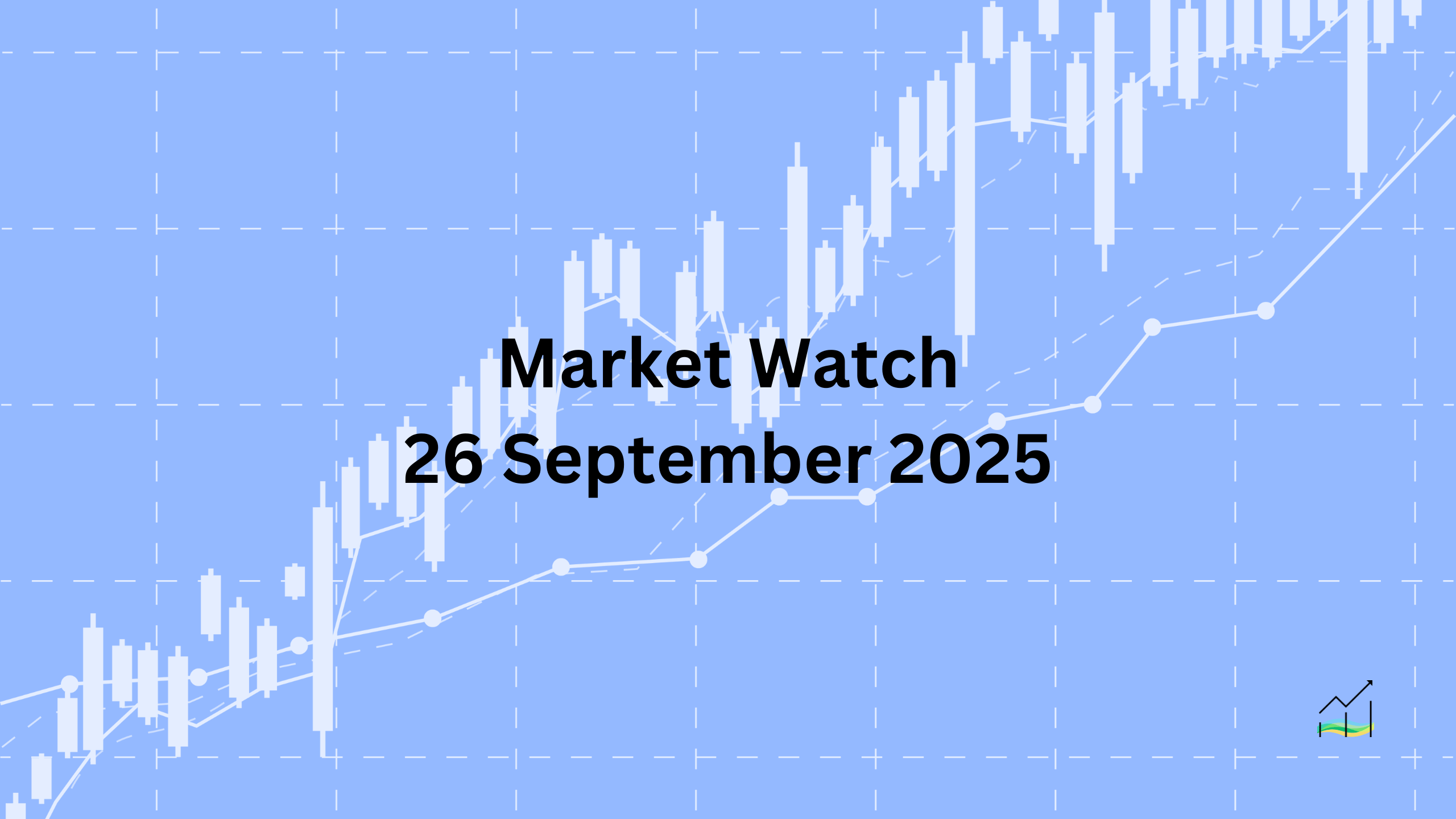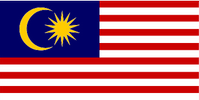26/09/2025 Market Watch

Dollar Holds Gains as Markets Digest Tariff Shock
Key Takeaways:
- Dollar consolidates near highs after rally in North America.
- US tariffs target multiple goods, including 100% on non-generic pharma.
- Asia Pacific equities slide, Europe steadies, US futures mixed.
- US 10-year yield holds between 4.0% and 4.20%.
- Oil posts near 4% weekly gain, strongest since June.
The dollar is consolidating near yesterday’s highs after a strong rally in North America. Against the G10 currencies, it is trading within narrow ranges of less than 0.15%. Emerging market currencies are mixed, with Asia Pacific slightly weaker and central Europe a touch firmer. The day’s news flow is limited, though Tokyo’s September CPI was unexpectedly flat. Attention is also on Washington’s newly announced tariffs, which included steep 100% levies on non-generic pharmaceuticals, alongside 25% on heavy trucks, 50% on kitchen cabinets and vanities, and 30% on upholstered furniture. Markets are still assessing the implications of these measures, with exemptions possible for firms investing in US facilities.
Equity markets reacted sharply in Asia, where Taiwan dropped 1.7% and Hong Kong fell nearly 1.4%. In Europe, pharmaceutical companies may find some protection under a prior 15% levy agreement, and the Stoxx 600 has managed to recover about half of yesterday’s 0.65% decline. US equity futures remain narrowly mixed, reflecting cautious sentiment. Bond markets are steady, with European benchmark 10-year yields 1-2 basis points lower and the US 10-year hovering just under 4.17%. The recent yield range remains intact, with 4.0% serving as the floor and 4.20% as the ceiling on a closing basis.
Gold continues to trade sideways, holding within Wednesday’s band of roughly $3717 to $3779. Oil has shown more movement, with November WTI briefly touching $65.40 before slipping back to $64.80. The 200-day moving average sits close by at $64.35. From last week’s settlement around $62.40, WTI is on track for nearly a 4% weekly gain, which would mark its largest advance since June.
United States of America
Overview
The Dollar Index remains firm, trading close to recent highs after overcoming resistance near 98.25 and reaching the 98.60 area. It is now consolidating in a narrow band between 98.30 and 98.55. The 98.70 level is technically significant, as it marks the 61.8% retracement of the decline since August 1 and aligns with the mid-August highs. A break above this area could open the path toward 99.30. The index is on track for its first consecutive weekly gain since July, reflecting resilient demand for the greenback.
Attention is also on upcoming US economic data, with personal income, consumption, and deflators scheduled for release. Income is expected to rise by 0.3% and consumption by 0.5%, though real consumption remains flat this year due to higher prices. While the Fed officially targets the headline PCE deflator, markets and media continue to emphasize the core measure, even though deviations between the two are generally minor and often negligible compared to CPI and PPI signals.
On the policy front, Washington announced sweeping tariffs to take effect from 1 October: 100% on patented drugs (with exemptions for firms expanding production in the US), 25% on heavy trucks, 50% on kitchen cabinets and vanities, and 30% on upholstered furniture. These measures come amid rising concerns over a possible partial federal government shutdown, which appears increasingly likely next week. Such an event could delay critical data releases, including the September jobs report. Should the shutdown extend, it may weigh on growth prospects, dampen US yields, and exert pressure on the dollar.
Economic Drivers
- Strong dollar momentum supported by technical gains and resilience in demand.
- Anticipation of US economic data on income, consumption, and deflators.
- Higher consumer prices masking real consumption weakness.
- New tariffs on drugs, trucks, furniture, and kitchen goods, with potential sectoral impact.
- Rising risk of a federal government shutdown, which could disrupt data flow and weigh on economic activity.
Data and Events
- 26 September 2025: Core PCE Price Index
Price Action
- Dollar Index firm near 98.30–98.55 range.
- Break above 98.70 could target 99.30.
- First back-to-back weekly gain since July signals renewed upward momentum.
Key Points:
- Dollar Index consolidates near highs, eyeing 98.70 resistance.
- Personal income expected +0.3%, consumption +0.5%, though real spending is flat.
- Tariffs announced across multiple sectors effective 1 October.
- Federal government shutdown risk could delay key economic releases.
- Extended shutdown may lower yields and weigh on the greenback.
Canada
Overview
The Canadian dollar weakened against a firm US dollar, making it the worst performer among the G10 currencies yesterday. It slipped by around 0.35% as the greenback advanced to a fresh monthly high near CAD1.3950. The US dollar continues to trade with a strong tone, holding above CAD1.3925 in a narrow range. Market attention is now on whether the pair can challenge the CAD1.40 level, a key threshold that coincides with the 200-day moving average. The US dollar has not closed above CAD1.40 since early April.
From a broader perspective, the CAD1.4020 area is significant as it marks the 38.2% retracement of the US dollar’s decline this year. With momentum tilted in favour of the greenback, Canadian dollar movements will be influenced both by global dollar strength and domestic economic data. Today’s GDP release for July will provide important context for growth after contractions of 0.1% in each month of the second quarter. Consensus expectations point to a slight rebound, with a forecasted 0.1% expansion. The outcome will shape near-term sentiment toward the Canadian dollar.
Economic Drivers
- Canadian dollar under pressure from broad US dollar strength.
- Domestic growth outlook shaped by July GDP release following Q2 contractions.
Data and Events
- 26 September 2025: GDP
Price Action
- US dollar advanced to monthly high near CAD1.3950.
- Holding above CAD1.3925 keeps momentum in favour of the greenback.
- Break above CAD1.40 would mark first settlement above this level since April.
- Key resistance near CAD1.4020 as 38.2% retracement level.
Key Points:
- Canadian dollar fell 0.35% against the US dollar.
- Greenback trades firmly, eyeing CAD1.40 resistance.
- 200-day moving average sits around CAD1.40.
- GDP expected to show 0.1% growth in July after Q2 weakness.
- CAD1.4020 marks important retracement level to watch.
Europe
Overview
The latest ECB survey showed a slight uptick in near-term inflation expectations, with the one-year outlook rising from 2.6% to 2.8%. The three-year expectation remained steady at 2.5%. Despite this shift, market reaction has been muted, as investors appear focused on broader monetary policy dynamics and relative rate differentials.
The euro came under pressure after breaking below a trendline drawn from the August and September lows. The drop through $1.1700 drove the currency to nearly $1.1645 yesterday, before a partial recovery lifted it back toward $1.1690. Market participants are now watching whether the former support at $1.1700 will act as resistance going forward. With US yields maintaining an advantage, the euro continues to face headwinds.
Economic Drivers
- ECB one-year inflation expectations rose from 2.6% to 2.8%, while three-year outlook held at 2.5%.
- Minimal market response to the survey results.
- US-Germany two-year yield spread widened to more than 160 basis points, its widest in three weeks, reinforcing dollar strength.
Data and Events
No major economic releases are scheduled today.
Price Action
- Euro broke below key trendline linking August and September lows.
- Decline through $1.1700 pushed the euro to near $1.1645 before partial rebound.
- Resistance now seen at $1.1700, with momentum indicators pointing lower.
- Five-day moving average set to cross below 20-day moving average early next week.
Key Points:
- ECB one-year inflation expectation rose to 2.8%, three-year stayed at 2.5%.
- Market largely unmoved by survey results.
- Euro fell sharply below $1.1700, reaching near $1.1645.
- Technical picture points to further downside pressure.
- Wider US-Germany yield spread adds to euro’s challenges.
Japan
Overview
The dollar is consolidating near JPY150 after a sharp rise supported by higher US yields. The US 10-year yield, which briefly dipped below 4.0% last week, climbed toward 4.20% yesterday, its highest in three weeks. This pushed the dollar close to JPY150, a level not seen since early August when it peaked near JPY150.90. For two consecutive sessions, the dollar has also held above the 200-day moving average around JPY148.50, a milestone not reached in seven months. It remains steady in a tight range between JPY149.60 and JPY150.
Tokyo’s September CPI provided an important read on inflation trends, showing headline and core inflation steady at 2.5% after three months of decline. However, the measure excluding fresh food and energy eased to 2.5% from 3.0%. Despite this moderation, the yen remains under pressure, reflecting broader market dynamics. The weaker currency profile and recent dissent within the Bank of Japan for higher rates have influenced expectations. Swaps markets now see nearly an 80% chance of a rate hike this year, the strongest likelihood since late July, though this was little changed following the CPI release.
Economic Drivers
- US 10-year yield rose to a three-week high near 4.20%, supporting dollar strength.
- Tokyo’s September CPI steady at 2.5% for headline and core, with underlying measure easing to 2.5% from 3.0%.
- Yen weakness continues to influence expectations for BOJ policy.
- Two BOJ policymakers recently dissented in favour of higher rates, shaping market sentiment.
- Swaps market pricing shows close to 80% chance of a BOJ hike this year, highest since July.
Data and Events
- 26 September 2025: Tokyo Core CPI
Price Action
- Dollar consolidating between JPY149.60 and JPY150.00.
- Highest level since early August when it touched JPY150.90.
- Sustained break above JPY148.50 200-day moving average for the first time in seven months.
- Trading above the upper Bollinger Band, now near JPY149.55.
Key Points:
- Dollar holding firm near JPY150 after rise in US yields.
- Tokyo CPI steady at 2.5%, underlying measure eased.
- BOJ dissenters reinforce expectations for possible hike.
- Swaps market shows almost 80% chance of a hike this year.
- Yen remains pressured as technical levels favour dollar strength.
© 2025 SKONE Enterprise (003319453-V). All rights reserved.
The content on this site is for informational purposes only and does not constitute financial advice.


